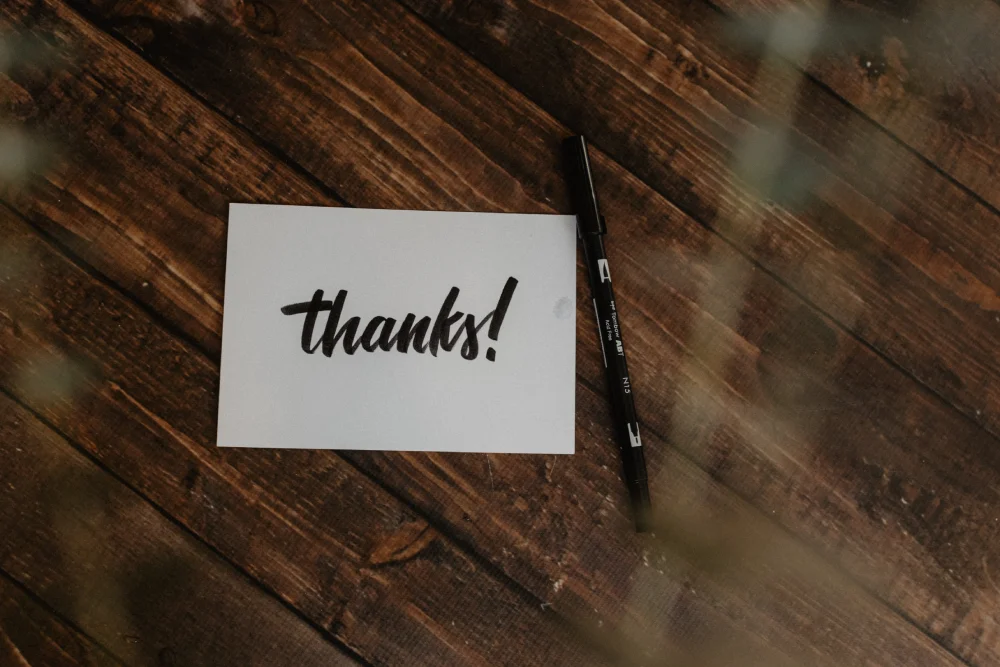Goldman Sachs’1 million black womenThe initiative aims to help with the “double disproportionate gender and racial bias that Black women have faced for generations.” Goldman Sachs has committed $10 billion in direct capital investments to support philanthropy. Asahi Pompei, Global Head of Corporate Engagement at Goldman Sachs, joins Yahoo! Finance will discuss the program and the capital commitment from Goldman Sachs.
Pompey describes what the program offers: “What we decided to do is develop a program that can turbocharge energy. solopreneurThese are very small businesses, so they are usually single women and perhaps have part-time employees. individual entrepreneur, And walk with her and give her a best-in-class education…look at her financials in a very rigorous way to really understand the profit and loss. Please talk about the tasks related to your business. Uncover modules on customers and customer focus. And that’s what the program offers.”
For more expert insights and the latest market trends, click here to watch the full episode of Yahoo Finance Live.
video transcript
– Goldman Sachs is taking action to make business ownership more accessible. Goldman Sachs’ One Million Black Women initiative makes direct investments to address persistent gender and racial bias against Black women in business. To tell us more about 1 Million Black Women, we speak with Asahi Pompei, Global Head of Corporate Engagement at Goldman Sachs. Thank you so much for being here. Thank you from the bottom of my heart.
Asahi Pompeii: It’s wonderful to be with you.
– Now, you just graduated another class of women from this program yesterday. What do they do with the program? What does it do for them in a tough time for small businesses in the United States, especially in terms of interest rates?
Asahi Pompeii: That’s right, these are difficult times. This is what we were looking at. We were seeing that Black women were starting businesses faster than any other demographic in the United States. But three years after she started that business, her 97% of those businesses failed.
And in fact, she was in a worse position than before she started her business. She has maxed out her credit card. She had a 401(k), borrowing from her friends and her family. She liquidated her 401(k). So if there’s anything Goldman Sachs knows, we know it’s a good investment when we see it. And we knew these women could be good investments.
So what we decided to do is develop a program that could turbocharge these solopreneurs. Because these solopreneurs are very small businesses. It’s usually a single woman, perhaps with a part-time employee. He is truly an individual entrepreneur. Please walk with her and provide her with a best-in-class education, Julie. So tell me about your finances. Explore the P&L in a very rigorous way to really understand your profit and loss, talk about the operations related to your business, and unlock the customer and customer-focused modules. And that’s what the program offers.
And that’s exactly what it is. To date, she has had 600 women graduate from the program. Electricity was installed in the building yesterday. David Solomon wasn’t the only CEO in the building. The 145 Black female CEOs in the building also graduated from the program.
– So, how many of these graduates are there? Are there any particular themes or trends, types of businesses, sectors, industries that they are involved in?
Asahi Pompeii: of course. Here’s the beauty of it. They span entire sectors. As you might expect, the number one sector is retail. We also manufacture. We provide professional services. We have health care. These women span 40 states across the United States.
I mean, you can really see Atlanta. You can see New York City. You can see Detroit. You can see Philadelphia. There’s Dallas. So they’re a great example of small business owners across the country who really have grit and work hard. But you need tools to make those businesses successful.
– So, what… We have a group that just graduated. But what about people who have done it before? What changes are you seeing in their business?
Asahi Pompeii: of course.
– They said the failure rate was 97%.
Asahi Pompeii: right.
– I imagine, but I hope it’s a little better than that.
Asahi Pompeii: definitely. So, Julie, we have some early data from a cohort that just graduated. So I’d like to share two statistics with you. Her 61% of students reported an increase in their income six months after graduation. And 61% report still operating profitably six months after graduation. 24% report creating jobs in their community. And this is all 6 months after graduation.
Comparing this to the average is approximately 33%. And it is 61%. The data shows that education actually works.





